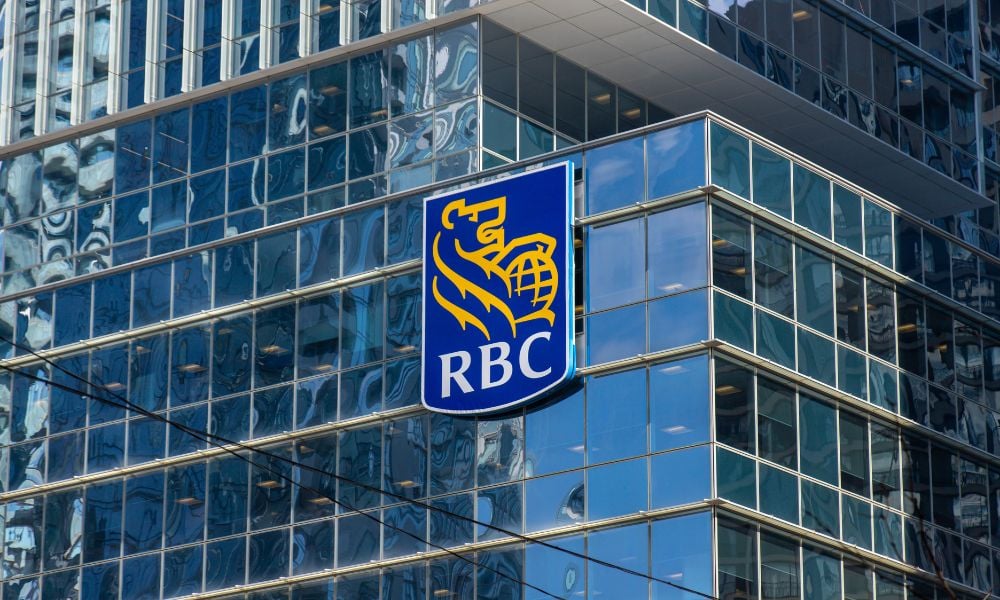Household debt reaches new heights, driving an increase in consumer insolvencies across Canada

A recent study by Bankruptcy Canada has revealed alarming trends in Canadian household debt and insolvency.
Canadian households have accumulated a record $2.41tn in debt, with 26 percent, or $626.6bn, consisting of unsecured debts, including auto loans, credit card debt, and installment loans.
Auto loan debt has surged by 6.2 percent compared to the same period last year. The average Canadian debtor now owes $55,328 in unsecured debts, reflecting a 0.94 percent increase from the previous year.
Sands, a Trustee at Bankruptcy Canada, attributes this rise to the growing costs of manufacturing and ongoing supply chain issues, which have driven up the cost of vehicle ownership at an unprecedented rate.
The study also highlights a concerning rise in consumers missing payments for 90 days or more, a trend that has continued to escalate year over year. Sands, a Licensed Insolvency Trustee, notes that with the cost of living steadily increasing, more Canadians are relying on credit to manage their expenses.
Insolvent debtors have seen a significant rise in credit card balances, with those under 30 experiencing the largest increases.
Additionally, consumers under 35 are 18 percent more likely to have a history of delinquent payments. Across all age groups, credit card balances have increased by 13.7 percent compared to the previous period.
Homeowners and older consumers are also facing rising insolvencies. Although the percentage of insolvent homeowners remains low overall, it has doubled in recent months.
According to Bankruptcy Canada’s Licensed Insolvency Trustee, the sharp rise in mortgage rates over recent years, coupled with sustained high rates in 2024, has significantly impacted homeowner bankruptcies and led to more consumer proposals.
Many homeowners facing insolvency have minimal equity, preventing them from refinancing to cover their unsecured debt obligations. As a result, a growing number are turning to consumer proposals, which offer protection from creditors while allowing them to manage their unsecured debts.
Sands emphasizes, “Homeowners facing insolvency have little equity and are therefore unable to refinance and cover their unsecured debt obligations. That is why many homeowners turn to a consumer proposal to handle their unsecured debts.”
With high interest rates and rising living costs, Bankruptcy Canada expects consumer insolvencies to continue their upward trend throughout 2024.



